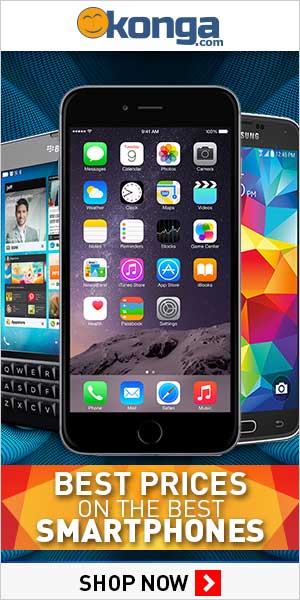Your better half from Korea has a solid second place position in the smartphone and tablet markets, with numbers that only seem to be increasing. Hell, if anyone's going to give you a fighting chance against the behemoth that Amazon and its ever-growing hardware wing (at least anyone who's not Apple), it's Samsung. And the company has certainly proven its dedication to throwing products against the wall to see what sticks.
All I see is a Samsung tablet with some Barnes & Noble software tossed in for good measure.
That said, the news has me a little concerned that this partnership has the potential to make you lose sight of what made you such a unique and intriguing hardware maker in the first place.
Now, I realize that you've stated your intentions to remain your own company in the hardware game, a sentiment that, believe me, wasn't lost on me. And while I know my letter won't have much effect now that the ink has dried on all of the contracts, hopefully this can be a ways toward reminding you what set you apart.
Sure, Amazon has any number of competitive advances when it comes to hardware, not the least of which is having, arguably, the greatest product billboard on the Internet, in the form of its homepage. Meanwhile, you struggled with the growing pains of transforming from a massive bookstore chain into a digital company, a move that has killed so many weaker companies, from Borders, on down. But even still, year after year and model after model, you stuck in there, with bold and interesting hardware decisions that helped push the e-reader — and later low-end tablet — market.
In 2008, you introduced the first Nook, a fascinating little e-reader that incorporated a second, color input and ran Android, a feature that allowed some clever users to port apps like Pandora onto the thing. A year later, you took your first swipe at the tablet space, with a low-cost Froyo device featuring a unique industrial design by hotshot designer Yves Behar. If you ask me though, you really hit your stride later than year, with the introduction of the Nook Simple Touch, a plucky little device built specifically with the human hand in mind — perfect for those marathon reading sessions as I worked my way through The Power Broker.
You beat Amazon to the touchscreen punch with that one, and got out to an even earlier lead with the Nook Simple Touch With Glowlight, which opened up E-ink devices to the world of reading in the dark (and if your ad copy was to be believed, managed to save a few marriages in the process). All the while, you held onto terrific features that Amazon had no time for as its devices began moving more uniformly into a desert of industrial design, adopting the same touchscreen-dominated rectangular black design as everyone else in the hardware space.
You held onto your SD card slot and your physical page turn buttons — hell, you even kept that lovely bezel around in a celebration of form and function and, most importantly, an acknowledgment that your thumb needs a place to go while you're reading a book. You helped bring high-res displays to a low price point, maintained an elongated form factor for magazine and newspaper readers, and eventually you defiantly sent a shot across the Kindle Fire's bow by opening your tablets up to the full Google Play Store, making for arguably the best low-cost tablets with that functionality, while Amazon relied on its own content strategy to subsidize the cost of its own products.
Amazon's virtual monopoly of the e-reader space could do with some innovative competition.
But now, as I sit here on my couch, looking at pictures of the Samsung Galaxy Tab 4 Nook, all I see is a Samsung tablet with some Barnes & Noble software tossed in for good measure. On the front of the device, there's no indication of your involvement. Heck, even the name makes the whole thing feel like something of an afterthought. Why? By last count, there are currently 857 different Galaxy Tabs on the market (a rough estimate, granted). What difference will number 858 really make — particularly as Amazon continues to pump R&D into its Fire line, releasing new and innovative features with each iteration, while maintaining budget prices.
Listen, I realize that such things cost money, and by the looks of it, there isn't much to spare around the Barnes & Noble design labs these days. I understand why signing a deal with Samsung was in your best interest. You get to remain in the tablet market — if admittedly, only peripherally — while Samsung does all of the heavy lifting. Or, perhaps more accurately, all of the heavy product rebranding. But let's be honest for a minute: The most exciting things that were happening in the world of Nook were, most often, happening on the hardware side of things.
So please keep your word and continue to maintain an interested in the devoted e-reader market. Amazon is making some fine readers, to be sure, but here in the States especially, the company's virtual monopoly of the space could do with some innovative competition. And maybe before you sign the paper work on the next edition of the Samsung Nook, maybe toss some of those interesting design ideas Samsung's way. Then maybe this could be a fruitful partnership after all.
____________________________________
From BEN Latest News: www.benlatestnews.com
Follow us on Twitter: www.twitter.com/benlatestnews
BB PIN: 260158B5























0 comments:
Post a Comment